Introduction – Production Automation Meets Safety
Innovations such as Autonomous Mobile Robots (AMRs), Digital Twin, and Industrial IoT (IIoT) are transforming how companies protect employees on the shop floor. These technologies allow businesses to increase production efficiency without compromising workplace safety. In this article, we explore how industrial robotics and automation can actually make factories safer.
Why AMR Workplace Safety Requires New Standards
Ensuring a safe workplace is a challenge, especially in environments adopting industrial robots, AI in manufacturing, and advanced automation. For AMRs, the key is implementing risk assessments and following both legal and industry safety standards.
Key AMR Safety Standards
- ISO 3691-4 – Safety requirements for driverless industrial trucks and AMRs.
- ANSI/RIA R15.08 – Technical standard for designing industrial mobile robots.
Compliance with these standards is the responsibility of AMR manufacturers, integrators, and owners.
Roles and Responsibilities in AMR Safety
Manufacturer AMR
Manufacturers must design systems in compliance with OSHA, ISO, and RIA regulations. In addition, they are expected to implement advanced safety technologies such as LiDAR, SLAM navigation, speed encoders, safety controllers, and both visual and audible alerts. For example, built-in safety controllers can stop the robot instantly if a person enters its path. Moreover, they should ensure CE certification (in the EU) and compatibility with fleet management software.
AMR Integrator
Integrators, on the other hand, analyze the workplace environment in detail. This includes pedestrian traffic, intersections, and floor conditions. Based on these insights, they design AMR systems aligned with risk assessment outcomes. Similarly, they consider how AMRs will interact with other material handling equipment, ensuring all systems work together safely.
Owner AMR
Owners are responsible for purchasing only compliant AMR systems. Furthermore, they must monitor any changes in facility layout and update AMR routes accordingly. Ensuring load stability, maintaining floor conditions, and providing employee training on safe AMR interaction are also critical tasks. Above all, they must maintain employee trust in AMRs by communicating how these systems improve safety.
The AMR Risk Assessment Process
Firstly, the process begins with hazard identification – detecting potential sources of accidents before they occur. Secondly, a risk analysis evaluates the likelihood, frequency, and potential severity of incidents. Finally, risk control involves eliminating or minimizing hazards through process modifications, safety features, or adjusted AMR routes.
For instance, Digital Twin technology enables companies to simulate AMR operations and test potential risk scenarios before actual deployment. Consequently, potential hazards can be identified and addressed early.
How DBR77 Technologies Improve Workplace Safety
Digital Twin – Simulates production environments, enabling AMR testing without risk to employees.
IIoT – Enables real-time data collection and rapid response to hazards.
Marketplace – Helps companies choose AMRs compliant with safety standards.
VR/AR in Manufacturing – Delivers interactive safety training in DBR77’s virtual factory.
Likewise, combining these technologies allows companies to integrate safety directly into their automation strategies, rather than treating it as a separate process.
Frequently Asked Questions
A Digital Twin allows AMR systems to be tested and optimized in a virtual environment. As a result, deployment time is reduced, and the risk of costly errors is minimized.
A Digital Twin is a virtual replica of a physical process or machine. It enables simulation, early problem detection, and continuous process optimization.
IIoT connects machines to the network, allowing for real-time data collection and analysis. Consequently, manufacturers can improve both safety and efficiency.
DBR77’s marketplace enables quick comparison of robots based on safety features, performance, and compliance with global standards.
Summary – Safety and Automation Can Go Hand in Hand
Implementing AMRs that comply with safety standards, supported by Digital Twin and Industrial IoT, allows manufacturers to scale production, reduce costs, and improve employee safety simultaneously. Moreover, companies gain greater operational confidence, knowing that both human workers and robots can work side by side without unnecessary risks.
Want to see how your factory can become safer with AMRs, Digital Twin, and IIoT? Book a meeting and explore our virtual factory.
